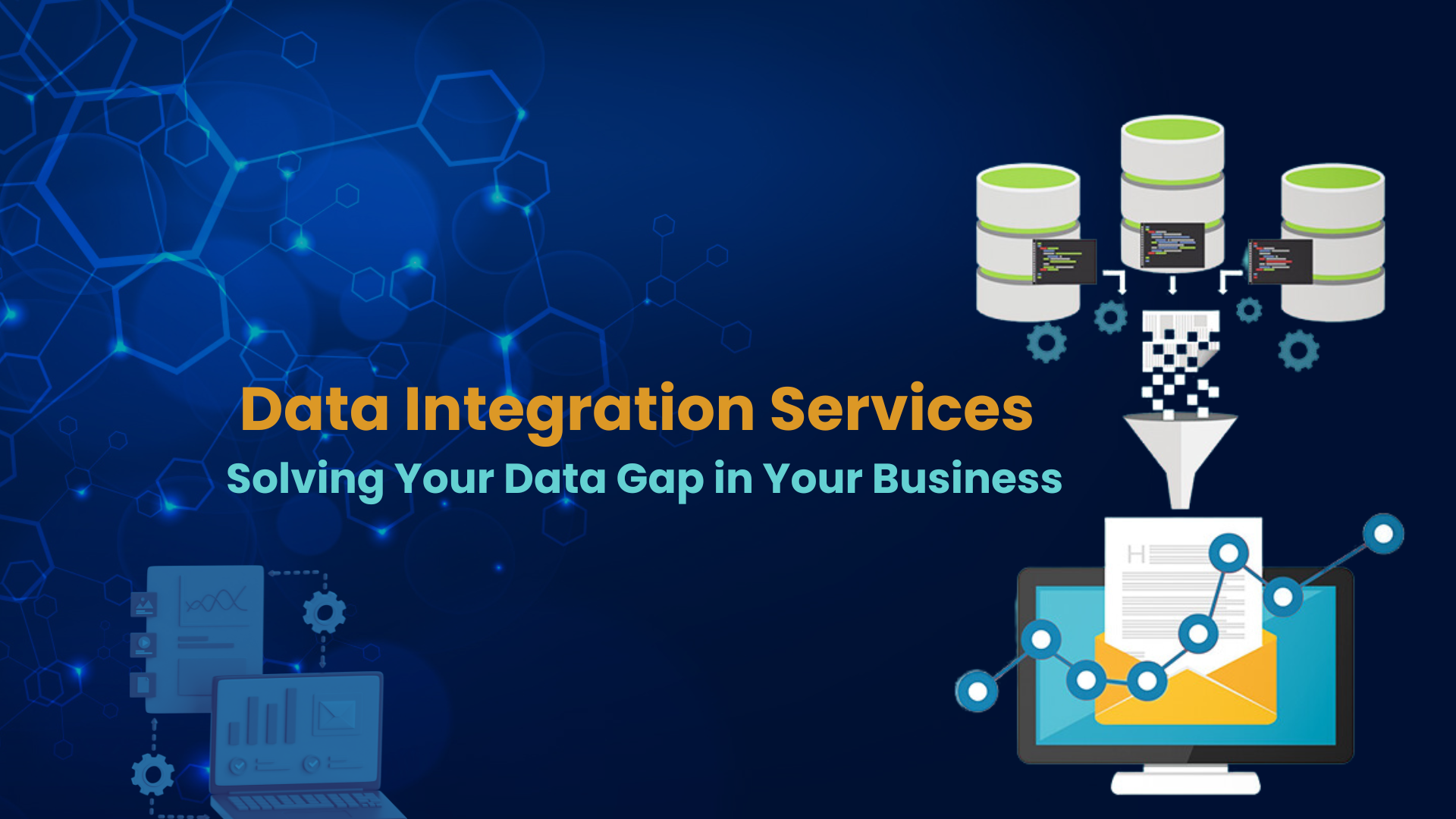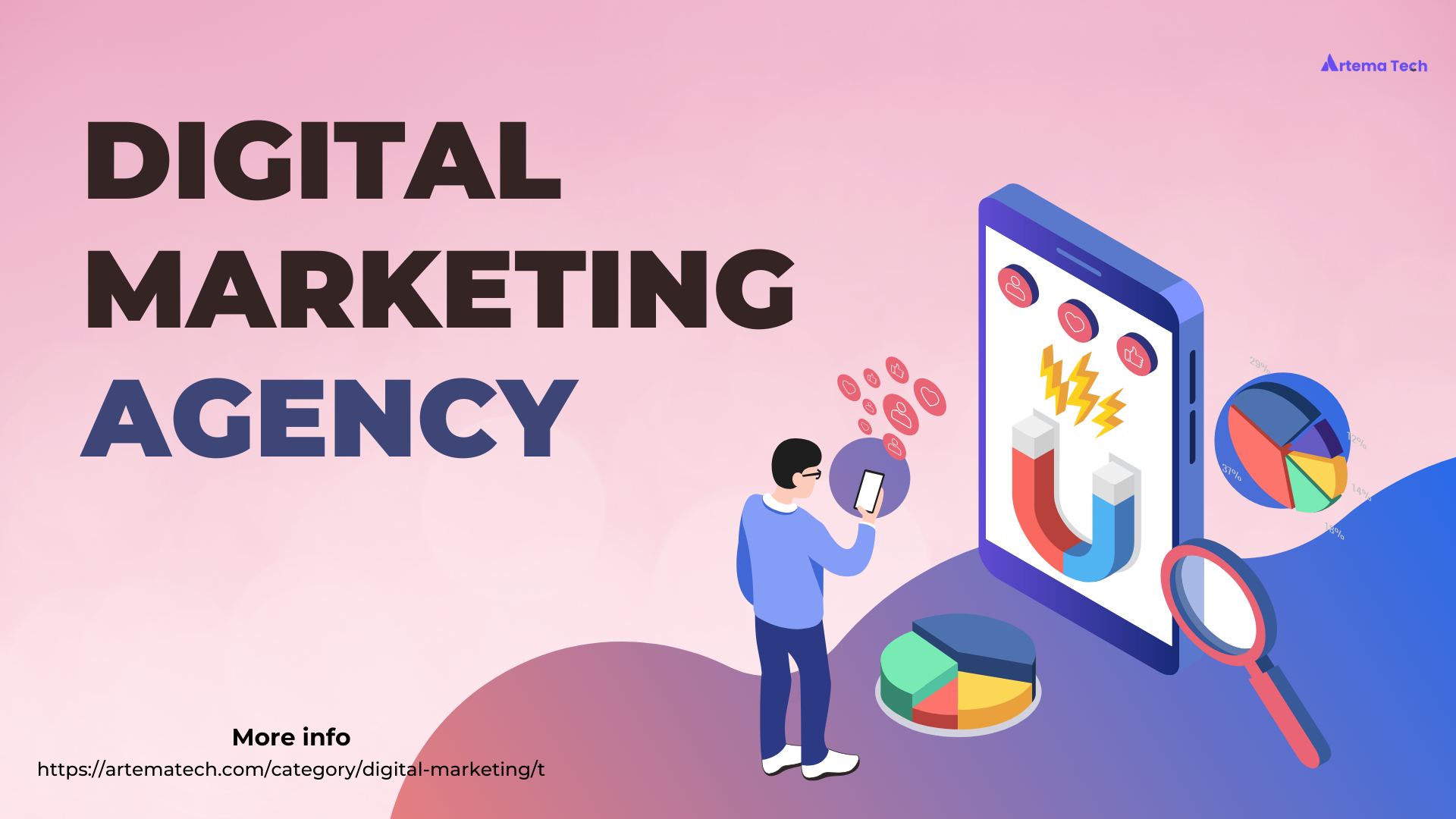We are living in a data-driven world where data comes from multiple sources. With digitalization, availability of data is increasing day by day. When utilized right, this massive volume of data can play a vital role in making informed business decisions. But with plenty of data, enterprises are struggling to unify all the data sources and manage them effectively. Here comes data integrations services for the rescue.
What is Data Integration Services?
In layman’s terms, as the name suggests, data integration services refer to the collection of tools and processes to integrate data coming from various sources in one place. With disparate data sources, enterprises cannot extract meaningful insights. They need to have a unified view of the data in a single place so that they can make the right decision based on the insights.
Data Integration Services enable enterprises to move their data seamlessly between different systems. The process involves integrating databases, apps, and cloud services to build a cohesive infrastructure. Integrating your data sources is one of the critical steps in your comprehensive data strategy to achieve meaningful business insights from the data.
What are the advantages of quality Data Integration Services?
Here are a few reasons why businesses should prioritize quality data integration services:
Helps in making more informed decisions
Among several other benefits, one is obvious: better decision-making with the help of data insights that you can get once the data sources are integrated. Retail enterprises can make the right business decision only after analyzing sales data, feedback data, and inventory updates. With data integration tools, experts combine all the data from these sources and extract the insights to make informed decisions.
Improves efficiency
We all know, time is money. If team members are spending lot of time in collecting and reconciling data coming from various sources, it will impact their overall productivity. If data coming from multiple sources are integrated with the help of data integration tools, team members can put their focus on more strategic activities than wasting time on manual entry of data.
Improves Data Quality
No more data discrepancies with Data Integration Services. Data discrepancies can be the source of having wrong reports that would cause conflict among departments. Data Integration tools help enterprises to establish the standardized format and validation points. It will cleanup the data and provide the accurate data that fosters trust and collaboration.
Scalability
Your business grows, and so does your need for scalable data integration services that grow with your business. Data integration tasks can be daunting if you have a legacy data integration system in place. Choose advanced data integration methods that offer you scalability to match your business growth. Keep pace with the market changes with the scalability feature that data integration services provide.
Types of Data Integration Services
Moving forward, now we will discuss some common types of data integration services.
Extract, Transform, Load (ETL):
One of the most traditional methods of data integration is ETL. This process is simple, data collected, transformed into suitable format and loaded into the right system. Usually, it is effective process for batch process but sometimes lack providing real-time insights to the users.
Extract, Load, Transform (ELT):
As we discussed, ETL, ELT process is quite similar but here after the data extraction, it gets loaded into the system and transformed during the loading process. With this method, users can accommodate increasing data sources as it allows flexible data processing.
Data Virtualization:
Data virtualization enables enterprises to manipulate the data without moving it physically as it develops a virtual layer collecting data from various sources and analyse them in real-time. It is very efficient and convenient method of data integration services.
API Integration
Application Programming Interfaces (APIs) help enterprises integrate data using various software apps. Data, either on-premises or in the cloud, can be easily integrated and shared using API integration method.
How to choose the right Data Integration Service?
Here are some factors that you can consider while selecting the right service provider:
Assess your business requirements
What kind of requirements you have such as looking for batch processing, real time insist or both – based on your requirements, you can narrow down your search.
Scalability
Don’t forget that your business is evolving, hence you need a scalable data integration service provider that accommodate all your business needs.
Ease of Use
User-friendly interfaces can help your IT team to get the tasks done in less time, improving their productivity.
Cost
One of the most critical factors is your budget for the service that you are looking. Consider the cost of data integration services offered by agencies, don’t miss the hidden cost, maintenance and support costs also.
Vendor Support
Make sure the vendor you choose offers complete support and resources so that you get the most out of your data integration services. Saxon AI is one of the leading data integration service providers.
Big or small, all enterprises looking to streamline their data management process must consider adopting effective data integration services. Get real-time insights and improve data quality and decision-making.




One thought on “Data Integration Services: Solving Data Gap in Your Business ”